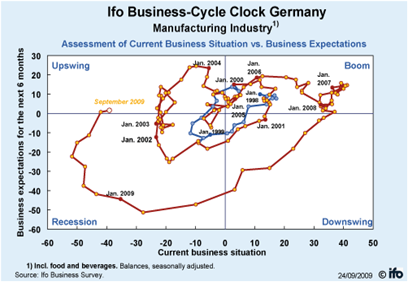But risks remain
Risks to the global systems have subsided, the IMF said in its semi-annual Global Financial Stability Report, amid unprecedented policy actions around the world and recent signs of an economic recovery.
But the organization warned, “The road to financial rehabilitation is unlikely to be straight and that there will be significant policy issues ahead.”
The report indicated that actual and potential write-downs from bad assets such as loans and securities have fallen by some $600 billion over the past six months—from about $4 trillion to $3.4 trillion, as a lessening in financial stress has narrowed spreads.
Although write-down estimates are subject to considerable uncertainty, the analysis showed that the financial system is on the mend.
Nonetheless the GFSR stressed the need for banks to further repair damaged balance sheets by raising more capital.
The GFSR estimates that commercial banks have already recognized $1.3 trillion through the first half of 2009, but face another $1.5 trillion of potential asset write-downs . U.S. banks have recognized slightly more than have those in the United Kingdom and euro area.
Because of the diminished capacity to lend, threats to the recovery remain, the IMF said. More likely, a slow rebound in bank lending could hamper the global recovery.

























